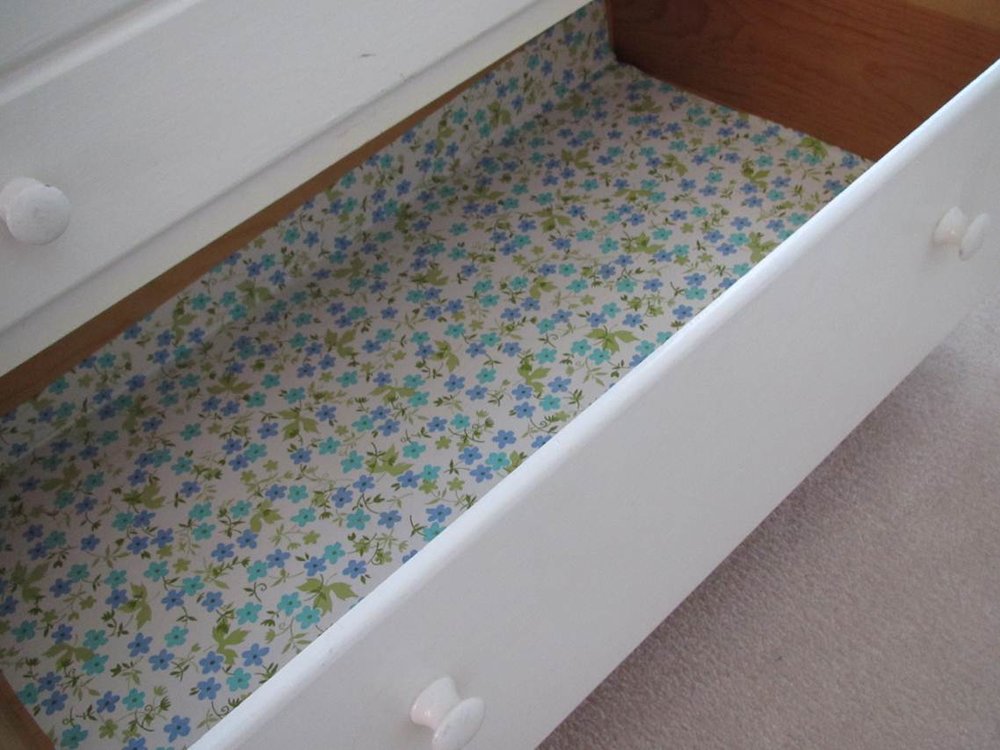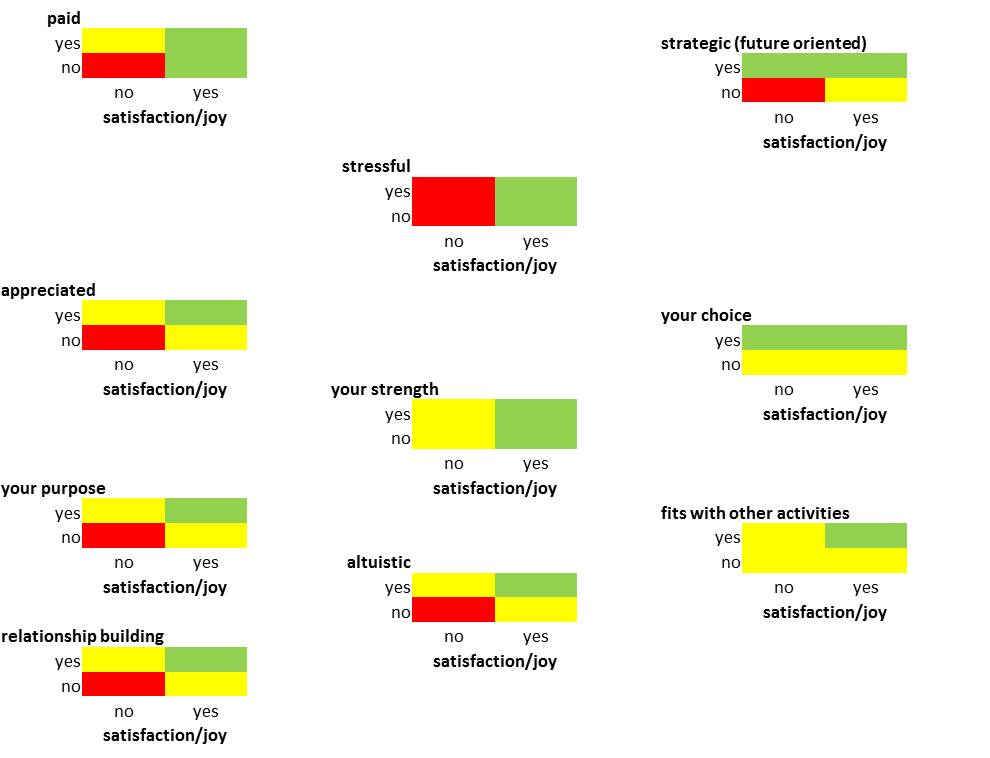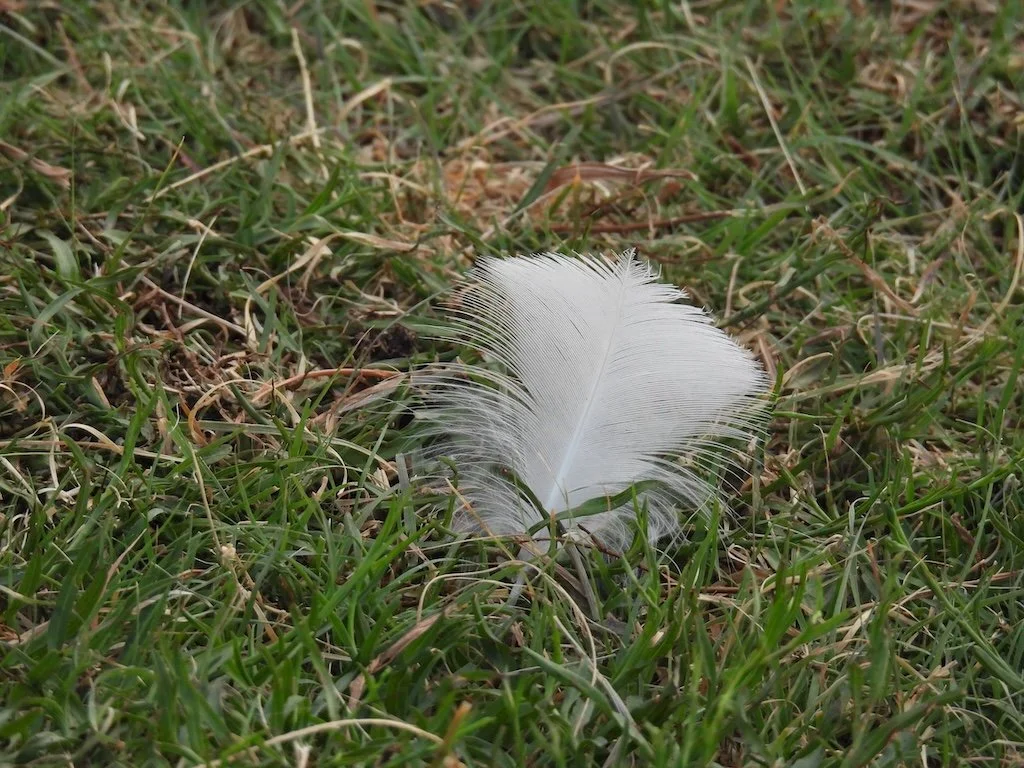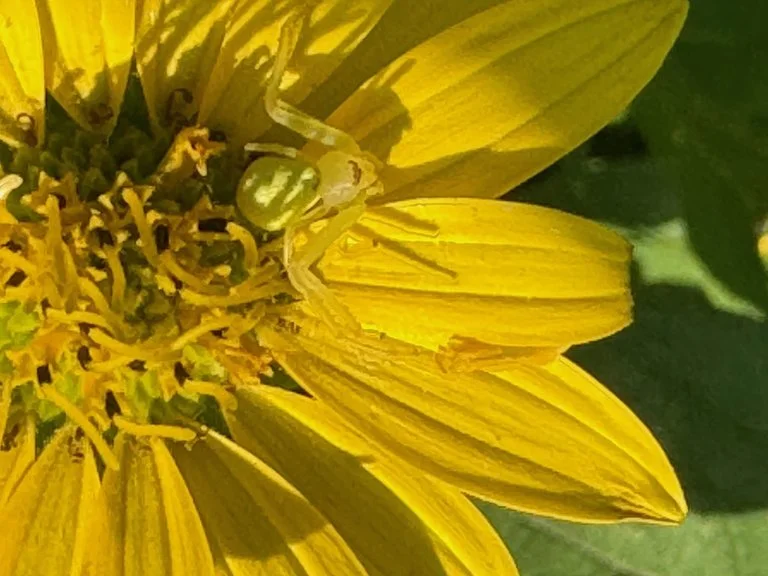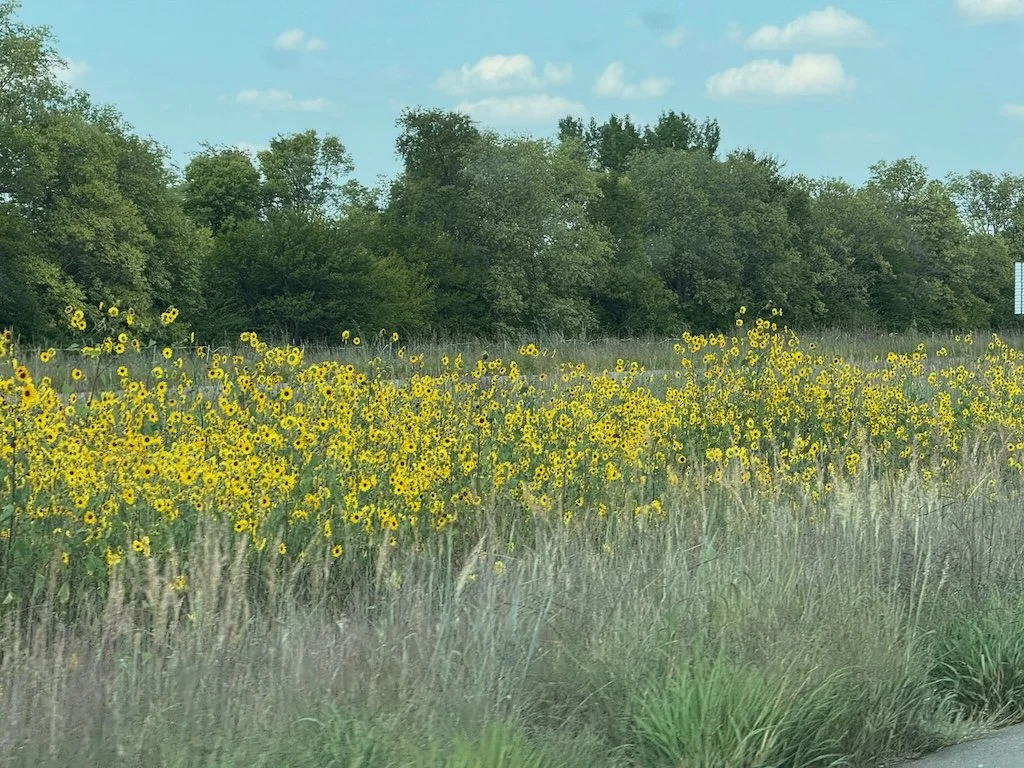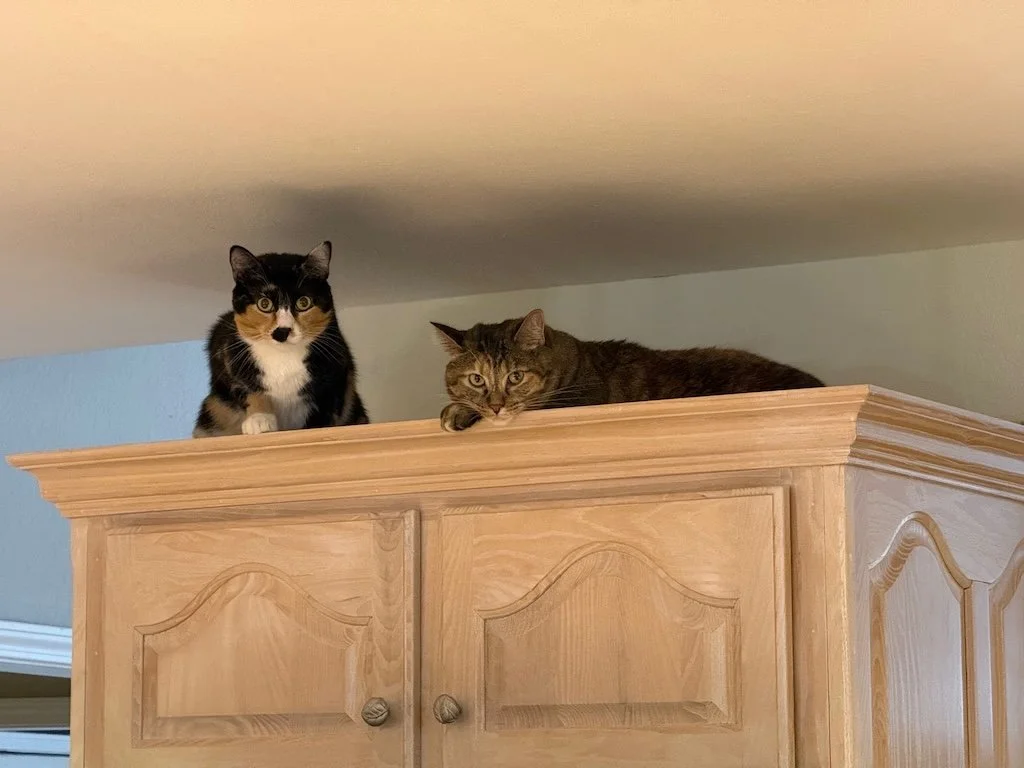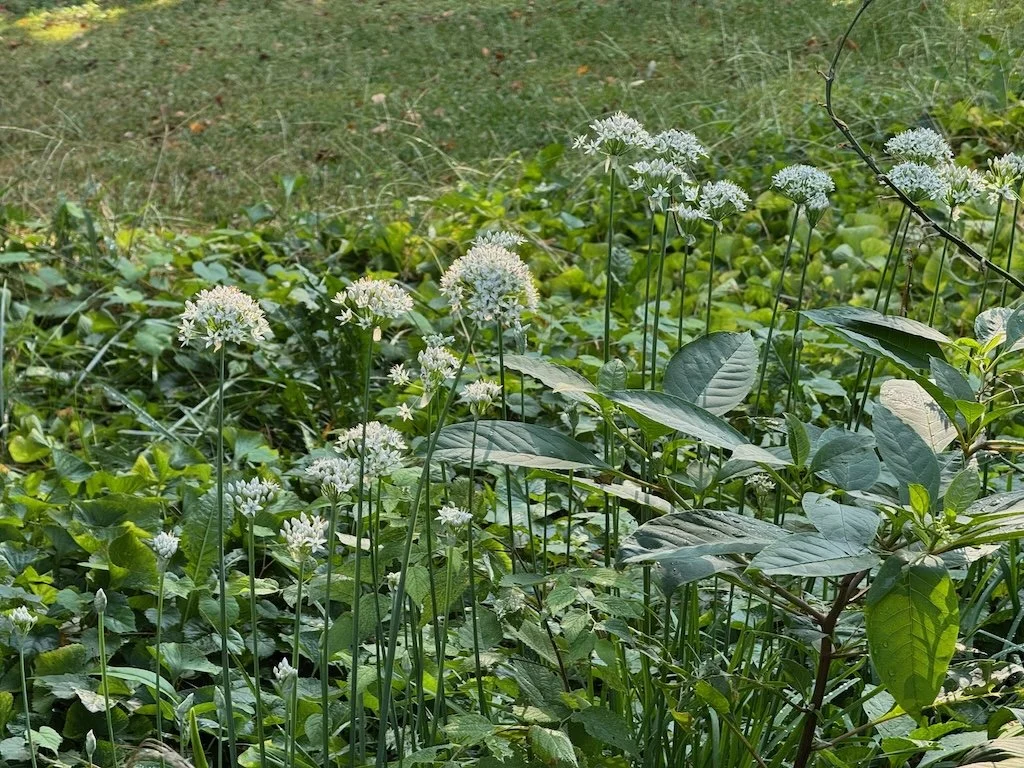Quote of the Day - 03/14/2012
/To have and bring up kids is to be as immersed in life as one can be, but it does not always follow that one drowns. A lot of us can swim. – Ursula K. Le Guin as quotes in Frank Barron, Alfonso Montuori and Anthea Barron (editors) in Creators on Creating: Awakening and Cultivating the Imaginative Mind (New Consciousness Reader)
~~~~~
I really like this quote. The observation about having children and full immersion in life is apt…as is the idea that a lot of us either already know how to swim or discover how to do it before swallowing too much! Motherhood requires the sustained involvement from the whole of ourselves - physically and mentally - perhaps to a greater extent than anything else we will do in our lives.
Recognizing this does not mean that we don’t do other things at the same time. The life we want for ourselves is made from dynamic components, of which motherhood is one. These components enrich each other but can be challenging to blend together without undue friction. Have you thought about the proverb ‘necessity is the mother of invention’ linking the idea of motherhood with creativity? It’s all part of the ‘swim’ that we do!
My experience has been that motherhood has a core that is focused on the needs of the relationship to my daughter and tendrils that extend to every other facet of my life. Those tendrils are overwhelmingly positive - at work, within the community, with my extended family. The ‘immersed in life’ aspect forced me to understand more clearly the meaning of my life as a whole.
Even while focusing on the day to day aspects of children - the hope and optimism about the future is wrapped up in them too; from that perspective, being a mother is one of the most strategic things we do. What else has such long term impact directly on our life and has as high probability of extending past our lifetime?
Yes - children and being ‘immersed in life’ go hand in hand….here’s to enjoying the swim!




